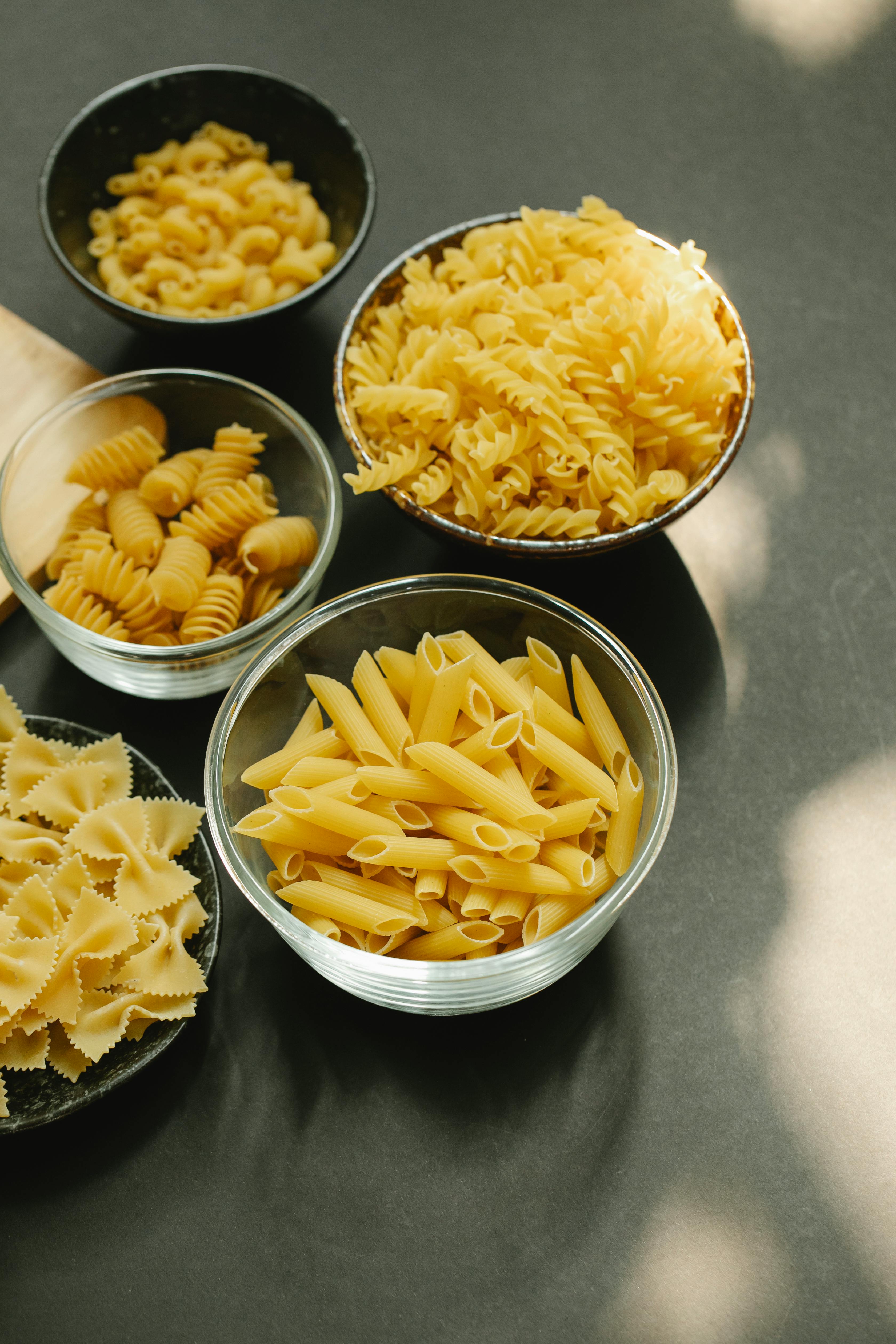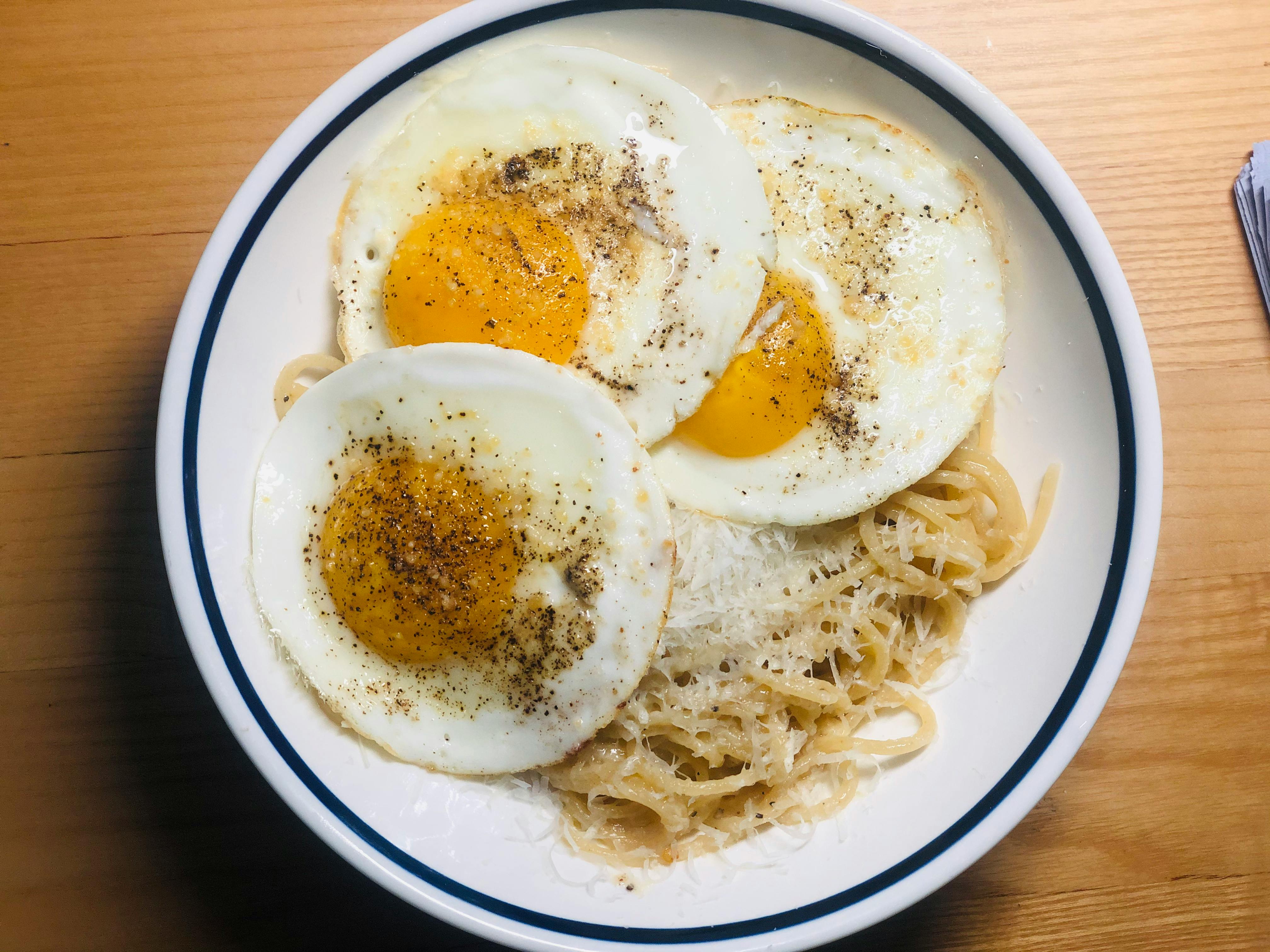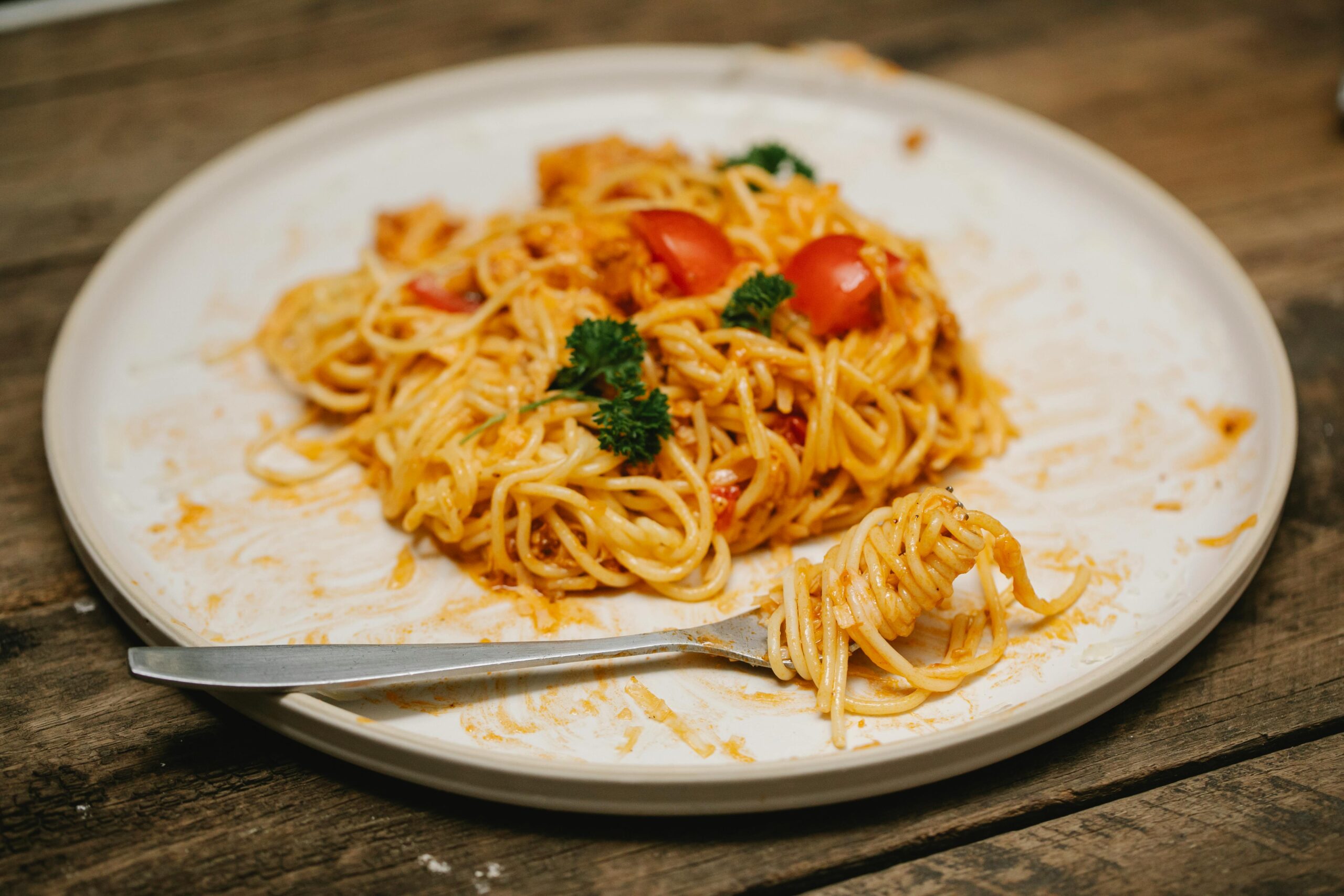Top 5 Smart Ways to Achieve Caloric Surplus for Muscle Gain in 2025
Understanding Caloric Surplus for Muscle Gain
To achieve muscle gain, a caloric surplus is essential, which means you need to consume more calories than your body burns. For fitness enthusiasts, understanding how to manipulate their diet to create this surplus is key to reaching their fitness goals. A well-structured caloric intake not only promotes muscle growth but also enhances overall performance and recovery.
In 2025, the concept of caloric surplus has evolved, integrating scientific advancements and dietary insights. Factors such as body composition, metabolic rate, and nutrient timing are critical in efficiently increasing caloric intake without compromising health. This article will explore five smart strategies to help you achieve a caloric surplus tailored for muscle growth while maintaining a balanced and healthy lifestyle.

Moreover, a well-rounded diet emphasizes the importance of macronutrients like proteins, carbohydrates, and fats. These components, when combined effectively, can promote muscle growth, improve recovery, and support energy levels.
Implementing Nutrient-Dense Foods in Your Diet
Building on the fundamentals of caloric surplus, incorporating nutrient-dense foods is a practical approach. Foods that are high in calories but also rich in vitamins and minerals will not only help you meet your caloric requirements but also support overall health. Here are some nutrient-dense foods to consider:
Focusing on Healthy Fats
Healthy fats are a crucial part of achieving caloric surplus. Sources such as avocados, nuts, seeds, and olive oil provide high-calorie content while offering essential fatty acids. Incorporating these into meals can significantly increase your caloric intake without overwhelming your digestive system.
For instance, adding a tablespoon of olive oil to your salad or blending a banana with almond butter into a smoothie can elevate your caloric intake efficiently. This practice aligns with the need for a balanced diet while ensuring that you still consume adequate nutrients.
Emphasizing Protein-Rich Foods
Proteins are vital for muscle repair and growth. Including protein-rich foods such as lean meats, fish, eggs, dairy products, and legumes in your diet is fundamental in achieving a caloric surplus tailored for muscle gain.
For example, incorporating chicken breast into your lunch or having a protein shake post-workout can significantly enhance your recovery and promote muscle growth. Prioritize high-protein snacks such as Greek yogurt or protein bars to support your daily caloric intake.
Utilizing Carbohydrates for Energy
Carbohydrates play a significant role in fueling your workouts and recovery. Choosing complex carbohydrates like whole grains, fruits, and vegetables can provide sustained energy levels while contributing to a healthy caloric surplus.
Additionally, consuming carbohydrate-rich foods post-workout can help replenish glycogen stores in muscles, promoting recovery and subsequent muscle growth. Including foods like sweet potatoes, quinoa, and brown rice into your meal plan can ensure you’re meeting your caloric needs as well.
Smart Meal and Snack Planning
Following this approach to nutritional balance, effective meal and snack planning can help streamline your caloric surplus efforts. By preparing your meals and snacks in advance, you can ensure that you’re consuming adequate calories consistently.
Creating Balanced Meal Plans
Designing a meal plan that emphasizes macronutrient distribution is key. Ensure that each meal contains protein, healthy fats, and carbohydrates to optimize nutrient absorption and caloric intake. Plan meals that align with your fitness goals and adjust portions based on activity levels.
As an example, a meal consisting of grilled salmon, roasted vegetables with olive oil, and quinoa can provide a well-rounded nutrient profile beneficial for muscle gain.
Incorporating Caloric-Dense Snacks
In addition to meals, integrating caloric-dense snacks can contribute significantly to your daily caloric surplus. Consider options like trail mix, nut butter on whole grain bread, and high-calorie smoothies. These snacks are easy to prepare and can be consumed on the go.
For instance, having a smoothie with banana, protein powder, and peanut butter can serve as a delicious yet powerful snack that can be consumed before or after workouts for maximum benefits.
Exploiting Timing and Frequency of Meals
With these fundamental dietary practices established, let’s discuss the timing and frequency of your meals. The strategic timing of your meals can enhance nutrient absorption and support muscle recovery. By focusing on the frequency of meals, you can ensure a steady availability of nutrients for muscle growth.
Adopting a Meal Frequency Approach
One effective way to increase caloric intake is to spread your meals throughout the day. Eating 5-6 smaller meals instead of 2-3 larger ones can help maintain a consistent flow of nutrients and prevent excessive fullness. This approach allows you to consume more food without feeling overly stuffed.
Implementing Pre- and Post-Workout Nutrition
Pre- and post-workout nutrition is essential for muscle gain. A nutrient-rich pre-workout meal can provide the energy needed for intense training sessions, while post-workout nutrition aids in recovery. Aim for a combination of carbohydrates and proteins to optimize muscle repair and replenish energy stores.
An ideal pre-workout snack could consist of a banana and some yogurt, while a post-workout option may include a protein shake paired with a carb source like rice cakes.
Utilizing Supplements Wisely
Finally, incorporating supplements can provide a boost to your caloric surplus strategy. However, they should not replace whole food sources. Instead, consider them as an addition to your diet.
Choosing the Right Supplement Types
Popular options include protein powders, mass gainers, and energy bars. Ensure these supplements are high quality and contribute to your overall caloric intake without added sugars or unhealthy fillers.
For example, using a whey protein supplement can help you meet your protein needs efficiently, thus supporting muscle repair and growth.
Consulting with a Nutrition Expert
Before making significant changes to your diet or introducing supplements, consulting with a nutrition expert is advisable. They can provide tailored guidance based on your health status, lifestyle, and specific fitness goals.
This holistic approach to achieving a caloric surplus will set the foundation on which you can build your desired physique while promoting overall health.
Conclusion: Steps Toward Healthy Muscle Gain
In conclusion, achieving a caloric surplus for muscle gain in 2025 is an achievable goal through nutrition-focused strategies. By incorporating nutrient-dense foods, planning meals effectively, considering timing, and utilizing supplements wisely, you can pave the way toward your fitness goals.
Staying motivated and consistently tracking your caloric intake will further enhance your muscle-building journey. Remember to listen to your body, adjust as necessary, and consult with professionals when needed. Embrace these strategies and begin your path toward muscle gain today!

For more detailed nutrition plans and tips, visit this article and explore healthy recipes that complement your fitness goals from this resource.
